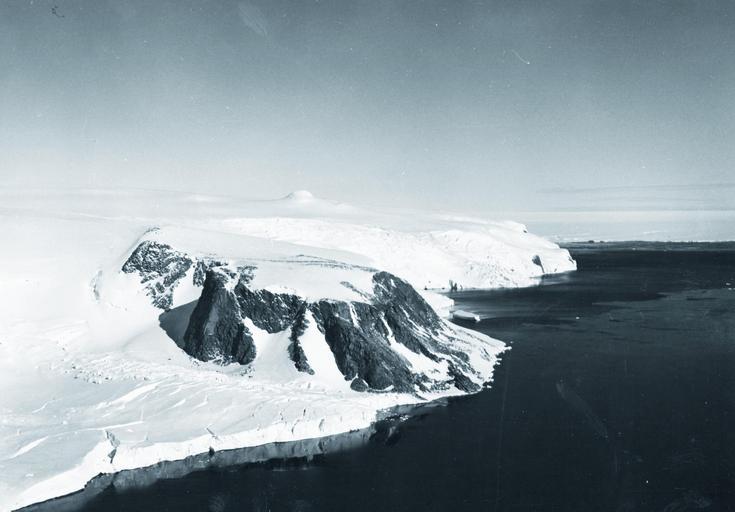MAKE A MEME
View Large Image

| View Original: | 80-G-817044.jpg (3735x2602) | |||
| Download: | Original | Medium | Small | Thumb |
| Courtesy of: | www.flickr.com | More Like This | ||
| Keywords: monochrome outdoor landscape mountain 80-G-817044: View of exposed rock of furthest eastern landfall made on the Bellingshausen sea coast by helicopter reconnaissance flight of the Bellingshausen Se Expedition, August 9, 1960. Master caption: U.S. Navy Icebreakers Reach Bellingshausen Sea. The Bellingshausen Sea was penetrated in February 1960 by two U.S. Navy ice-breakers USS Glacier and USS Burton Island, making the first time in history that the Thurston Peninsula, diving the Bellingshausen and Amundsen Seas has been reached by water. The stretch of land in eastern Antarctica has never before been seen by man. The two ships met in the Amundsen Sea at latitude of 71 norths and a longitude of 104 west for a new record. The previous penetration had been set by a Russian captain Thaddeus Bellingshausen who, in 1821, reached a spot in the Amundsen Sea at a latitude of 69 degrees about 150 miles north of the point where the two Navy icebreakers met. Although the Bellingshausen Sea takes its name from the Russian captain, he never actually entered it. The glacier and Burton Island added other dramatic firsts in the Antarctic that included the discovery of a new mountain peak, the setting of the first unmanned weather station on the Thurston Peninsula and a two-man coastal landing helicopter. Note the similarity of this photograph with the group taken at the National Archives on September 9, 2015. NHHC Photographic Section. (2015/10/30). 80-G-817044: View of exposed rock of furthest eastern landfall made on the Bellingshausen sea coast by helicopter reconnaissance flight of the Bellingshausen Se Expedition, August 9, 1960. Master caption: U.S. Navy Icebreakers Reach Bellingshausen Sea. The Bellingshausen Sea was penetrated in February 1960 by two U.S. Navy ice-breakers USS Glacier and USS Burton Island, making the first time in history that the Thurston Peninsula, diving the Bellingshausen and Amundsen Seas has been reached by water. The stretch of land in eastern Antarctica has never before been seen by man. The two ships met in the Amundsen Sea at latitude of 71 norths and a longitude of 104 west for a new record. The previous penetration had been set by a Russian captain Thaddeus Bellingshausen who, in 1821, reached a spot in the Amundsen Sea at a latitude of 69 degrees about 150 miles north of the point where the two Navy icebreakers met. Although the Bellingshausen Sea takes its name from the Russian captain, he never actually entered it. The glacier and Burton Island added other dramatic firsts in the Antarctic that included the discovery of a new mountain peak, the setting of the first unmanned weather station on the Thurston Peninsula and a two-man coastal landing helicopter. Note the similarity of this photograph with the group taken at the National Archives on September 9, 2015. NHHC Photographic Section. (2015/10/30). | ||||